Photos: Giant Pythons Invade Everglades
Lengthy Python
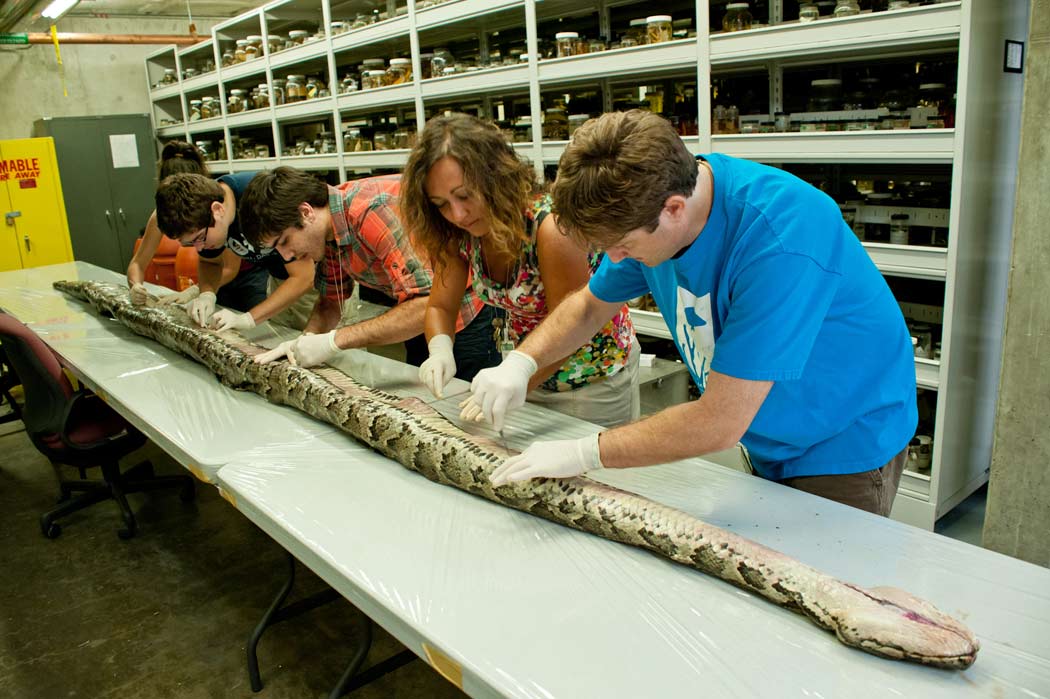
Once the scientists have finished examining the huge Burmese python, the snake will be mounted for exhibition at the Florida Museum of Natural History for about five years, and then returned for exhibition at Everglades National Park.
Looking Inside a Python

Researchers prepare to examine the insides of a 17-foot-7-inch Burmese python found in Florida's Everglades. The lengthy python, weighing some 164 pounds, was carrying 87 eggs in its oviducts, they found. (Photo from Aug. 10, 2012)
Holy Herpetology!

University of Florida herpetologist Kenneth Krysko displays eggs found in the largest Burmese python from Florida to date. Photo taken Aug. 10, 2012.
Alligator and Python
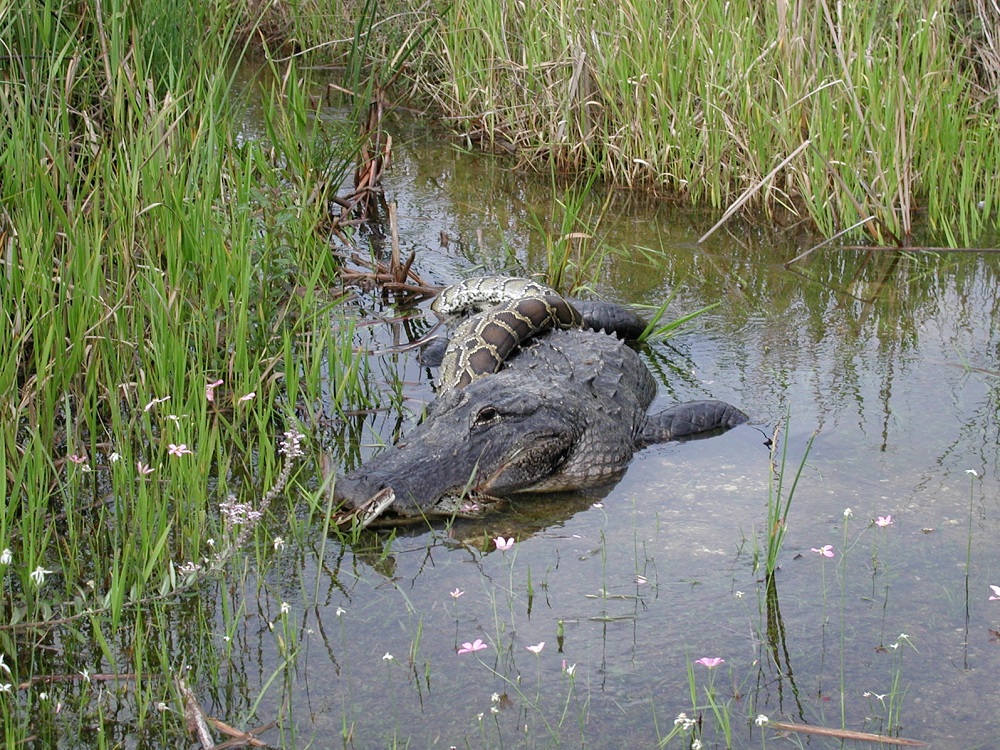
Several predatory interactions between Burmese pythons and alligators have been documented in Everglades National Park.
Burmese python
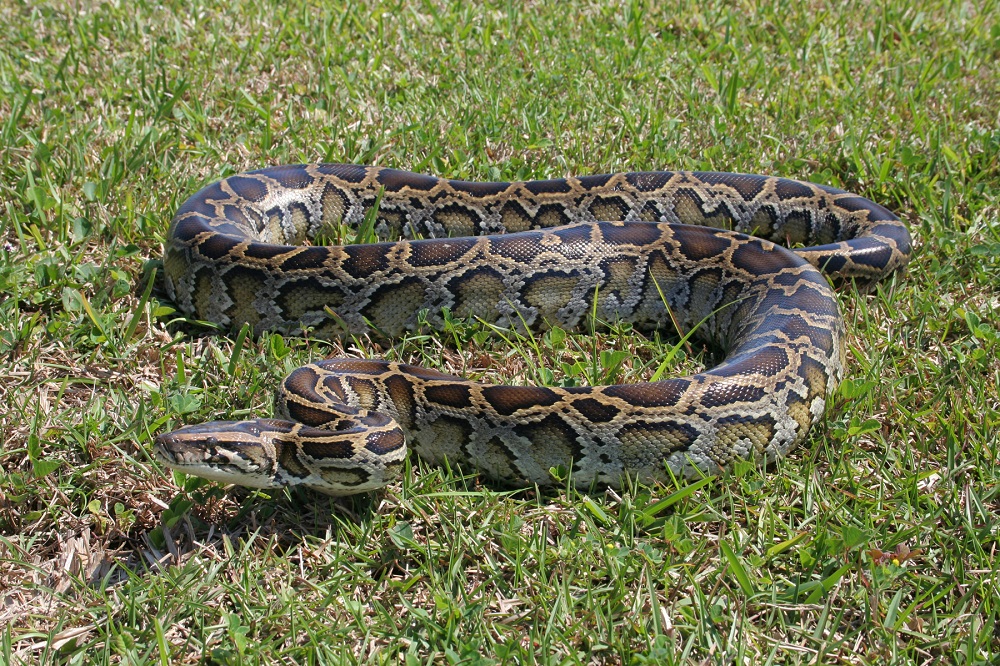
Burmese pythons, such as this one, have been found to consume a wide variety of wildlife, including alligators, wood storks and Key Largo woodrats.
python with tracker
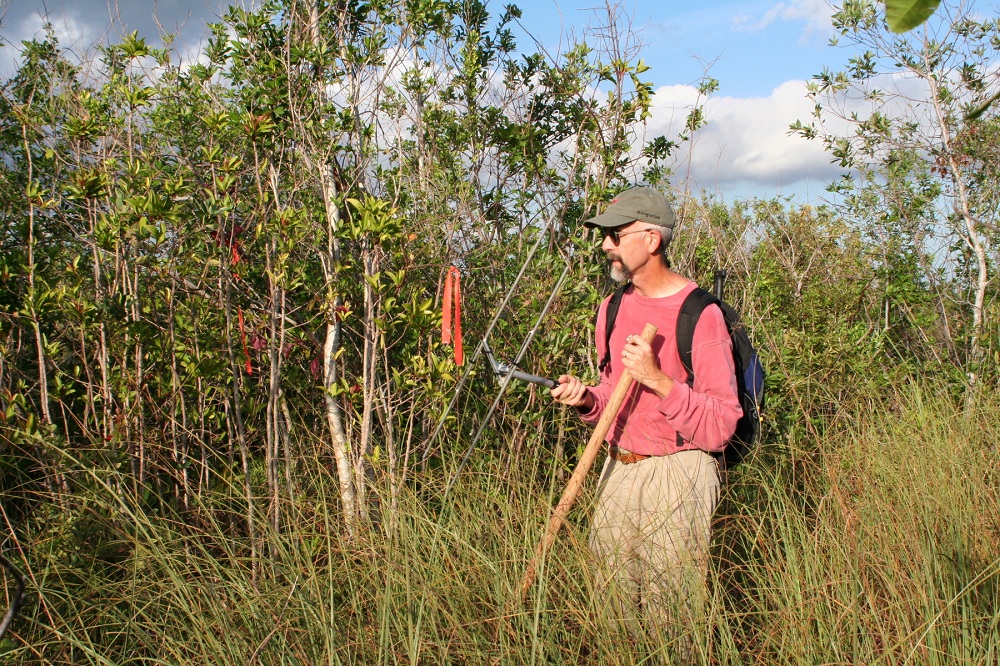
Tagged pythons can be tracked using radio telemetry on the ground or via aircraft. Seeking out tagged specimens can lead researchers to areas where additional pythons may be recovered.
python with tracker
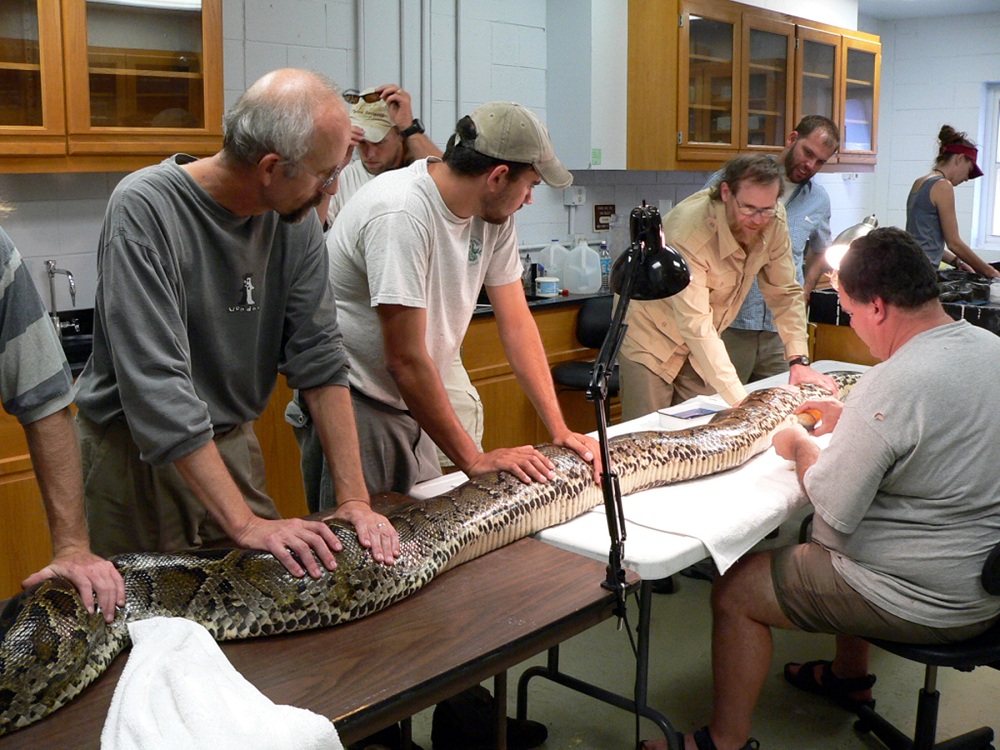
To learn more about their habits and behaviors, some captured pythons have been surgically implanted with tracking tags and re-released into the wild.
Get the world’s most fascinating discoveries delivered straight to your inbox.
Burmese python

Evidence also suggests larger pythons may be capable of successfully consuming large predators of the Everglades.
Burmese python
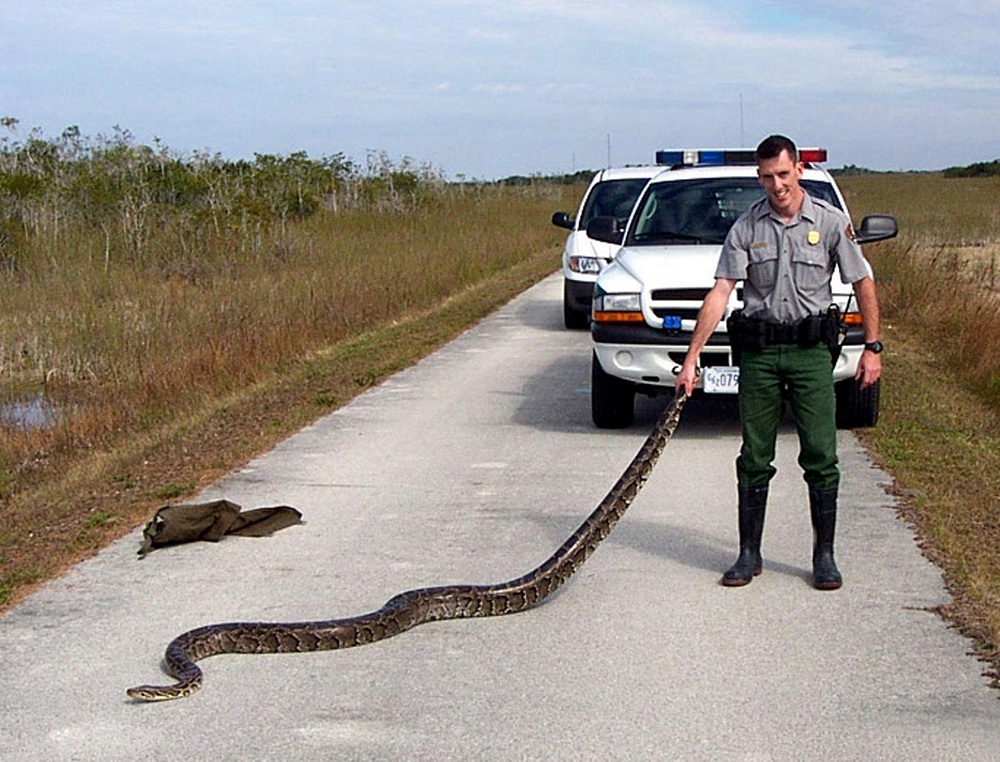
Large Burmese pythons are now regularly encountered along trails and visitor areas in the park.
Python molurus bivittatus
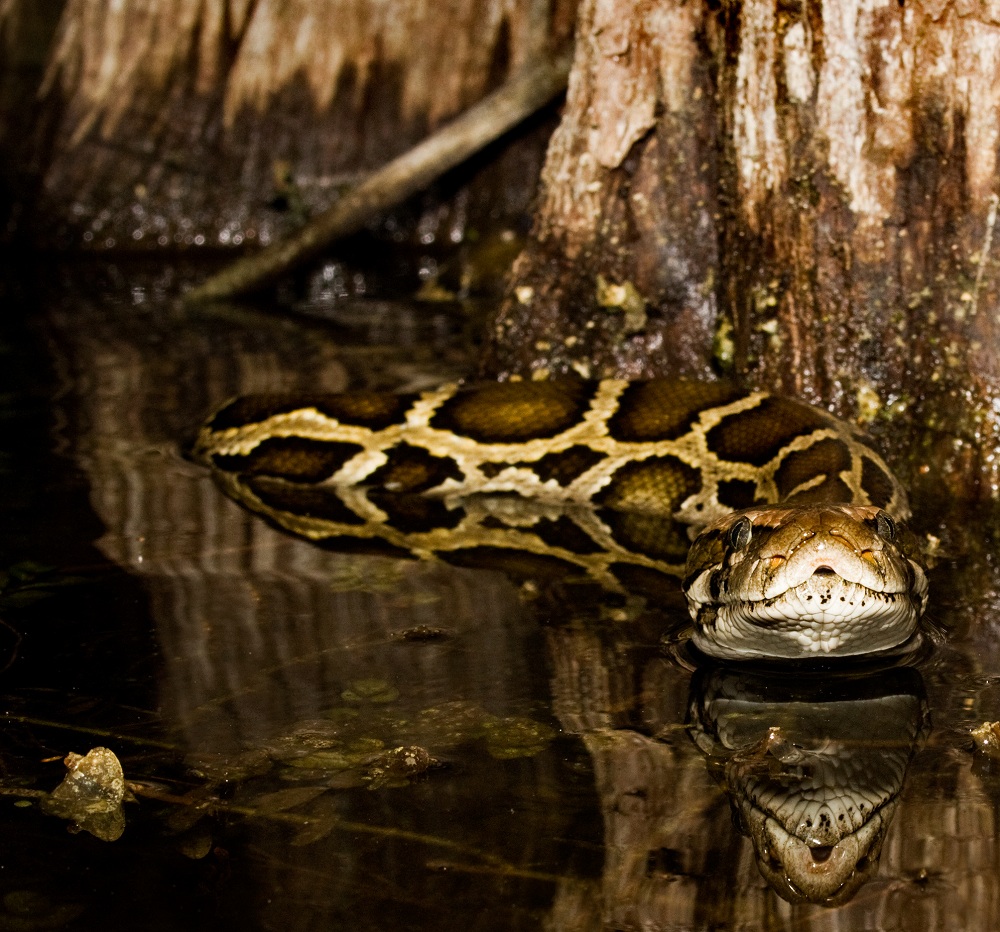
Python molurus bivittatus.
Burmese python
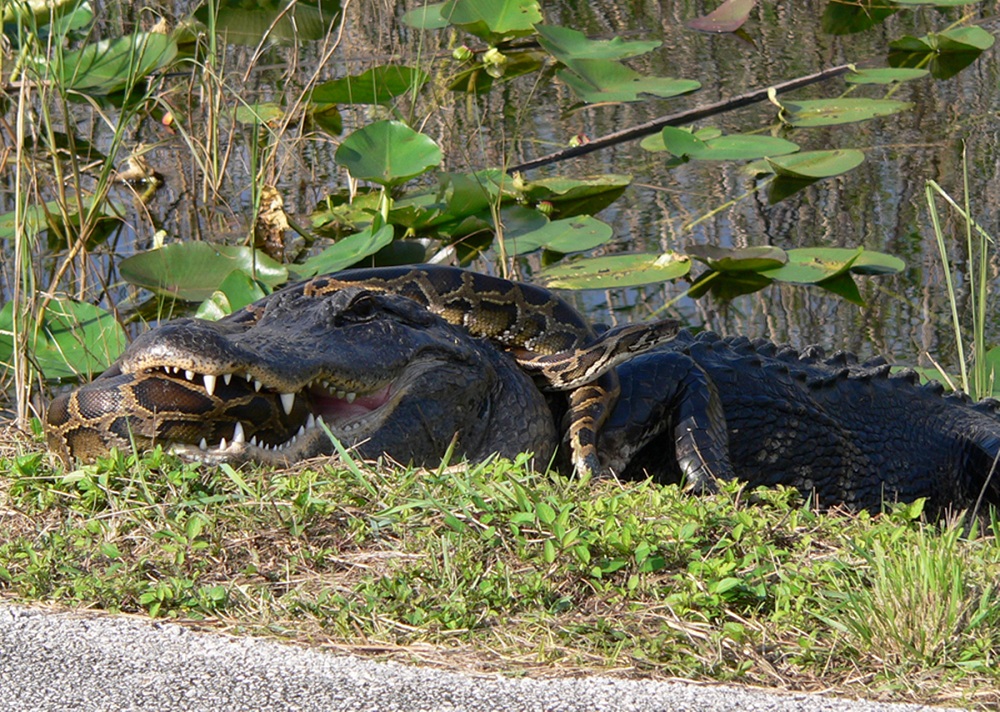
Nonnative Burmese pythons can compete directly with other top predators in the Everglades ecosystem, such as this American alligator.
Jennifer Welsh is a Connecticut-based science writer and editor and a regular contributor to Live Science. She also has several years of bench work in cancer research and anti-viral drug discovery under her belt. She has previously written for Science News, VerywellHealth, The Scientist, Discover Magazine, WIRED Science, and Business Insider.

